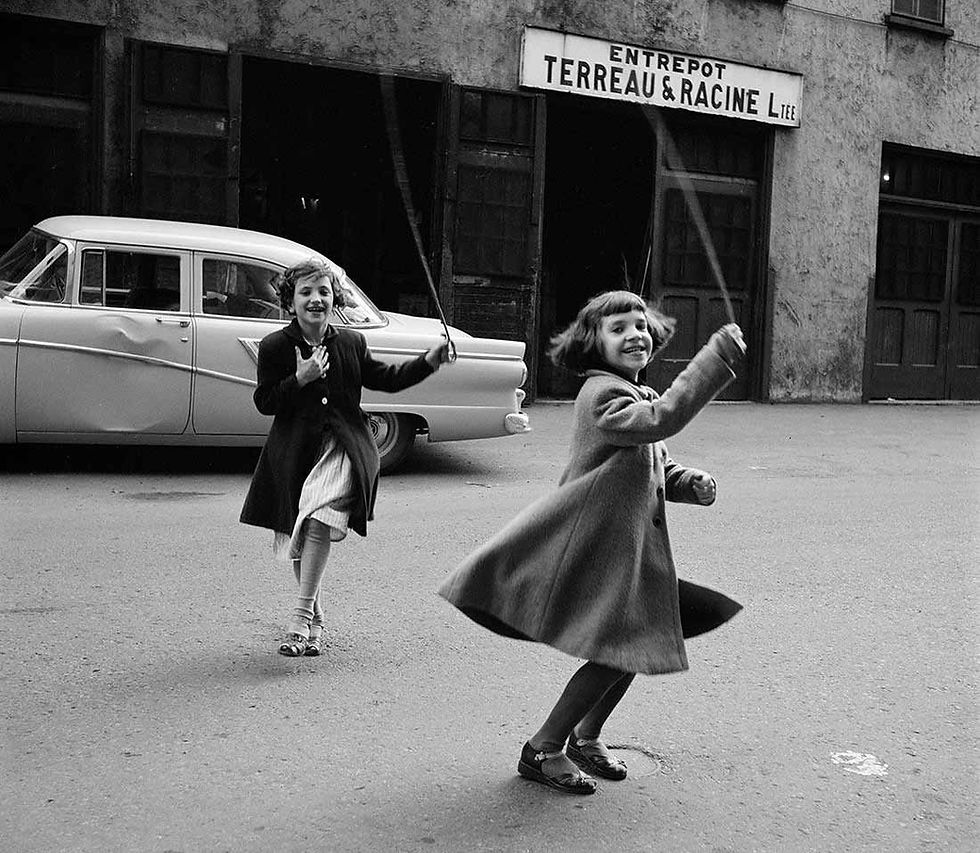Scanning a Photo: How to Digitise a Photograph
- Gareth Hoyle

- Feb 11, 2024
- 3 min read
Updated: Mar 10, 2024
Scanning a photo with the best possible quality requires attention to detail, proper equipment, and careful settings. Whether you're digitizing a cherished family photo or preserving a historical image, the following guide will help you achieve the highest quality scan:

Scanning a Photo
1. Choose the Right Scanner:
Select a scanner with a minimum optical resolution of 300 dpi (dots per inch) for standard photos. For professional or archival purposes, consider a scanner with a higher resolution.
If you have access to a flatbed scanner with a transparency adapter, it's ideal for scanning prints, slides, and negatives.
2. Clean the Photo:
Ensure the photo is clean and free of dust or debris. Use a soft, lint-free cloth or compressed air to gently remove any particles.
Handle the photo with clean, dry hands to avoid leaving fingerprints.
3. Prepare the Scanner Bed:
Clean the scanner bed to avoid artifacts on the scanned image. Wipe it down with a microfiber cloth.
If scanning multiple photos, leave enough space between them on the scanner bed to avoid interference.
4. Set the Scanner Resolution:
Choose a resolution that suits your needs. 300dpi is absolutely fine for most of your needs. You may want to increase the resolution for smaller prints if you wish to enlarge them. However, anything more than 600dpi is overkill for photo prints. Higher resolutions are usually for film.
Avoid using software interpolation to increase resolution; always use the scanner's optical resolution.
5. Select Colour Mode:
For colour photos, choose the RGB colour mode. For black-and-white photos, select grayscale.
Adjust scanner settings to match the colour depth of your photo (24-bit for colour, 8-bit for grayscale).
6. Adjust Colour and Exposure Settings:
Do not use any features like descreen, dust removal etc if you have a good quality image editor like Photoshop. These functions are better carried out after scanning by dedicated software.
If possible, preview the scan. Usually you can draw a rectangle around the image if the software hasn't automatically detected the print/s. This produces separate files if you have multiple prints on the bed and removes any white spaces, reducing the file size.
7. File Format and Compression:
Save the scanned photo in a lossless format like TIFF for the highest quality. If storage space is a concern, consider using a high-quality JPEG with minimal compression.
Avoid using low-quality compression settings that may result in loss of detail.
8. Check Focus and Alignment:
Ensure the photo is placed flat and evenly on the scanner bed.
Check that the scanner is in focus and that the photo is aligned properly.
9. Post-Processing:
After scanning, use image editing software (e.g., Adobe Photoshop) for any additional adjustments, such as cropping, rotating, or retouching.
Save the original scan as a master copy and work on a duplicate to preserve the original quality.
10. Organise and Store:
Create a systematic naming and organizing convention for scanned photos to make it easy to locate them later.
Back up your scanned photos regularly to prevent loss in case of hardware failure.
By following these steps, you can ensure that you scan your photos with the utmost care and attention to detail, preserving the quality and integrity of the original images for future generations.
If you're unhappy with the results then why not book a professional to do it for you, YPR offers a scanning service HERE. You can also have your scanned files restored if they have damage or add colour to black and white images with our photo colourisation service!




Comments